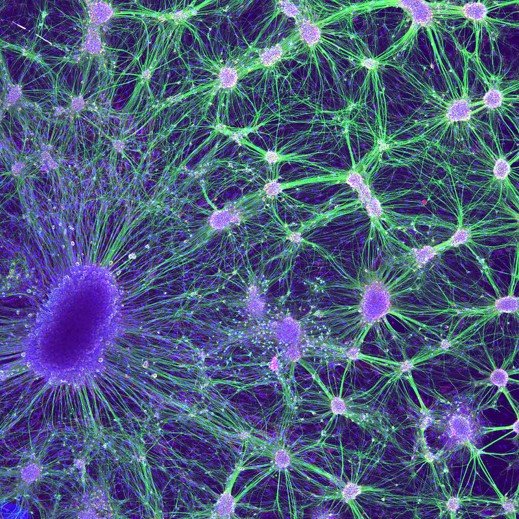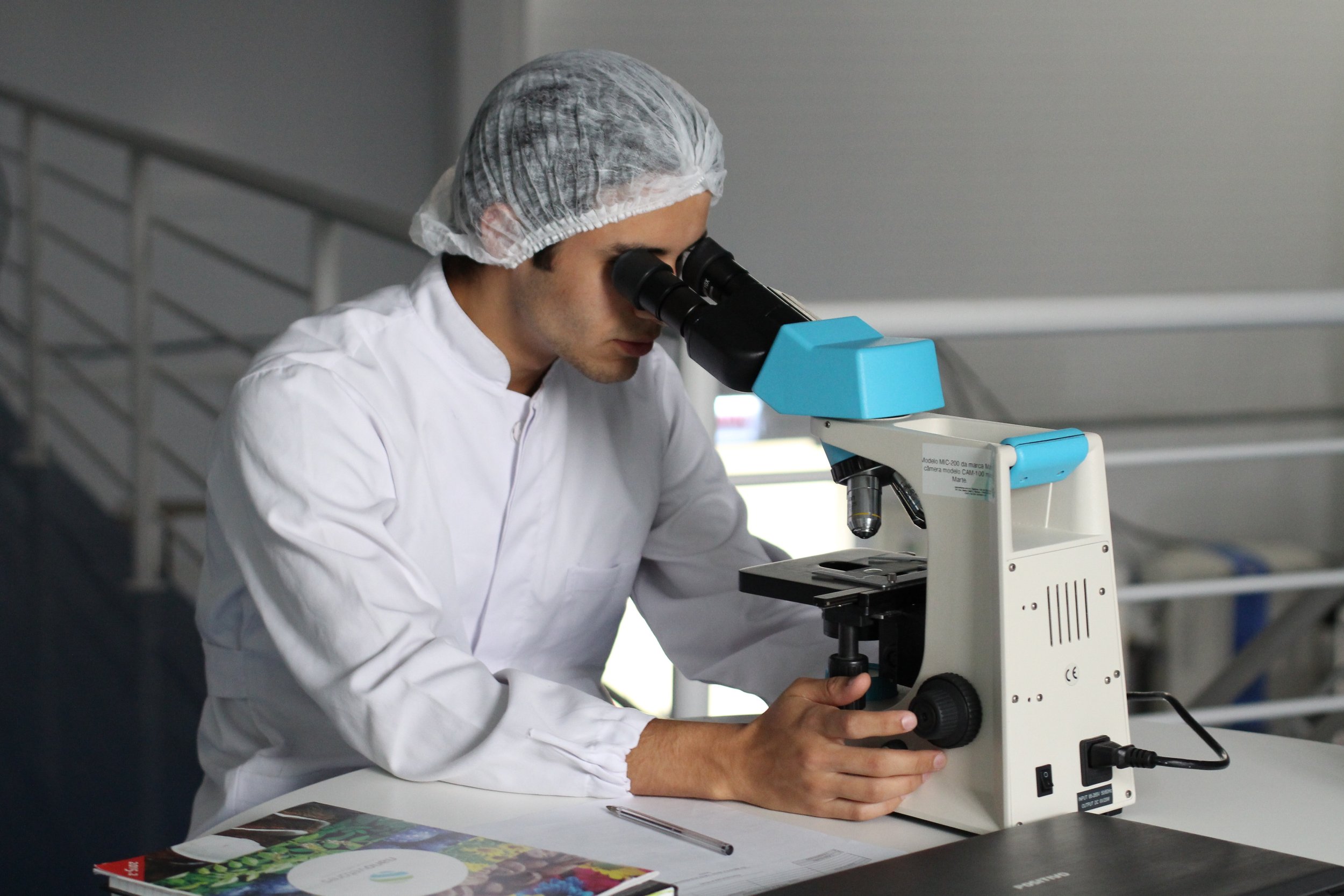Introduction to Stem Cells
Stem cells play a crucial role in the growth and development of plants, animals, and humans. Stem cells are the foundation from which every organ and tissue in your body grow. Stem cells are defined by two characteristics:
They can make copies of themselves, or self-renew
They can differentiate, or develop, into more specialized cells
Beyond these two things, though, stem cells differ a great deal in their behaviors and capabilities. In humans, there are different types of stem cells that come from different places in the body or are formed at different times in our lives. These include embryonic stem cells that exist only at the earliest stages of development and various types of tissue-specific (or adult) stem cells that appear during fetal development and remain in our bodies throughout life.
Embryonic stem cells are pluripotent, meaning they can generate all of the body’s cell types but cannot generate support structures like the placenta and umbilical cord. Other cells are multipotent, meaning they can generate a few different cell types, generally in a specific tissue or organ.
As the body develops and ages, the number and type of stem cells changes. Totipotent cells are no longer present after dividing into the cells that generate the placenta and umbilical cord. Pluripotent stem cells give rise to the specialized cells that make up the body’s organs and tissues. The stem cells that stay in your body throughout your life are tissue-specific, and there is evidence that these cells change as you age, too – your skin stem cells at age 20 won’t be exactly the same as your skin stem cells at age 80.



